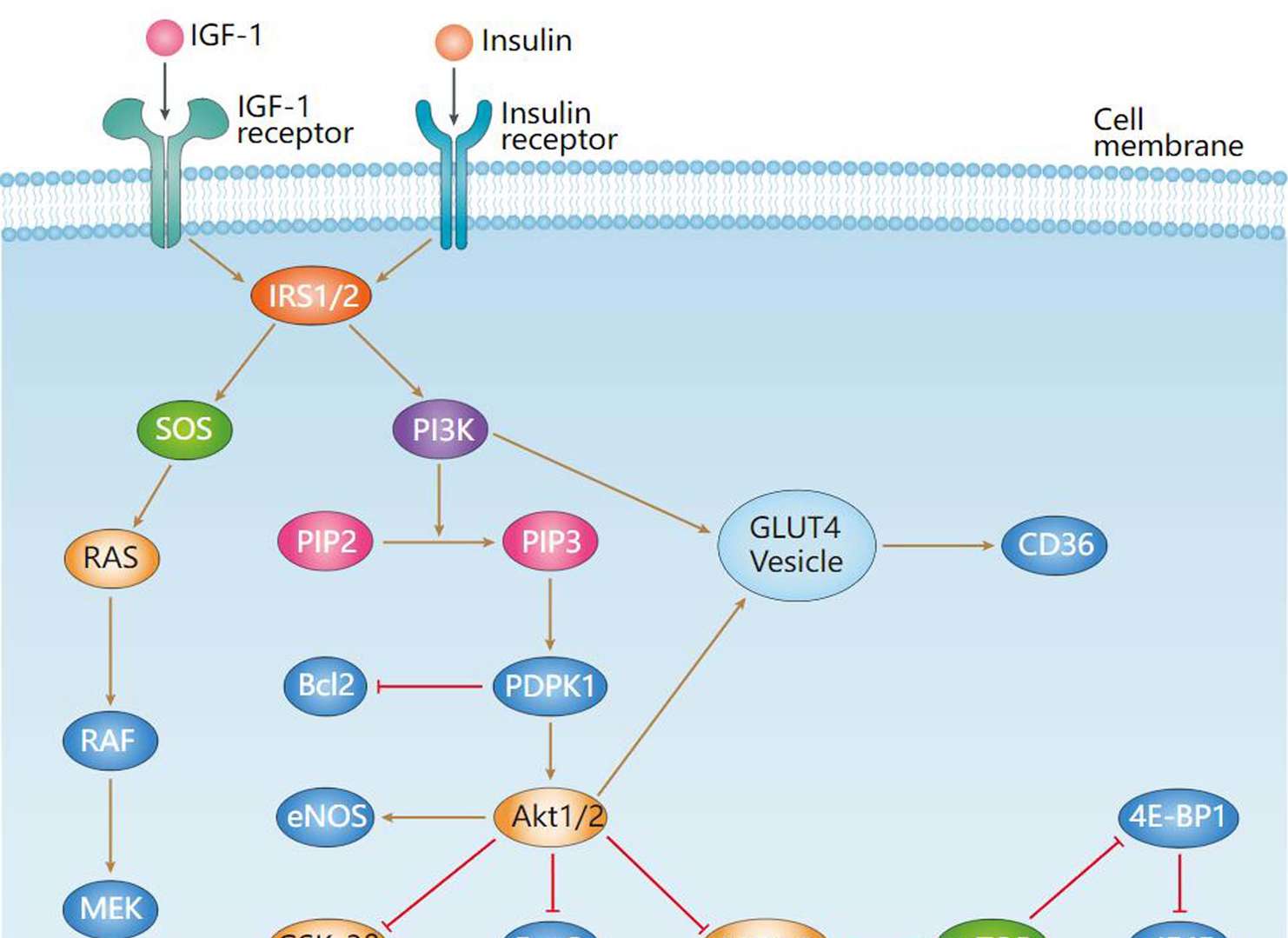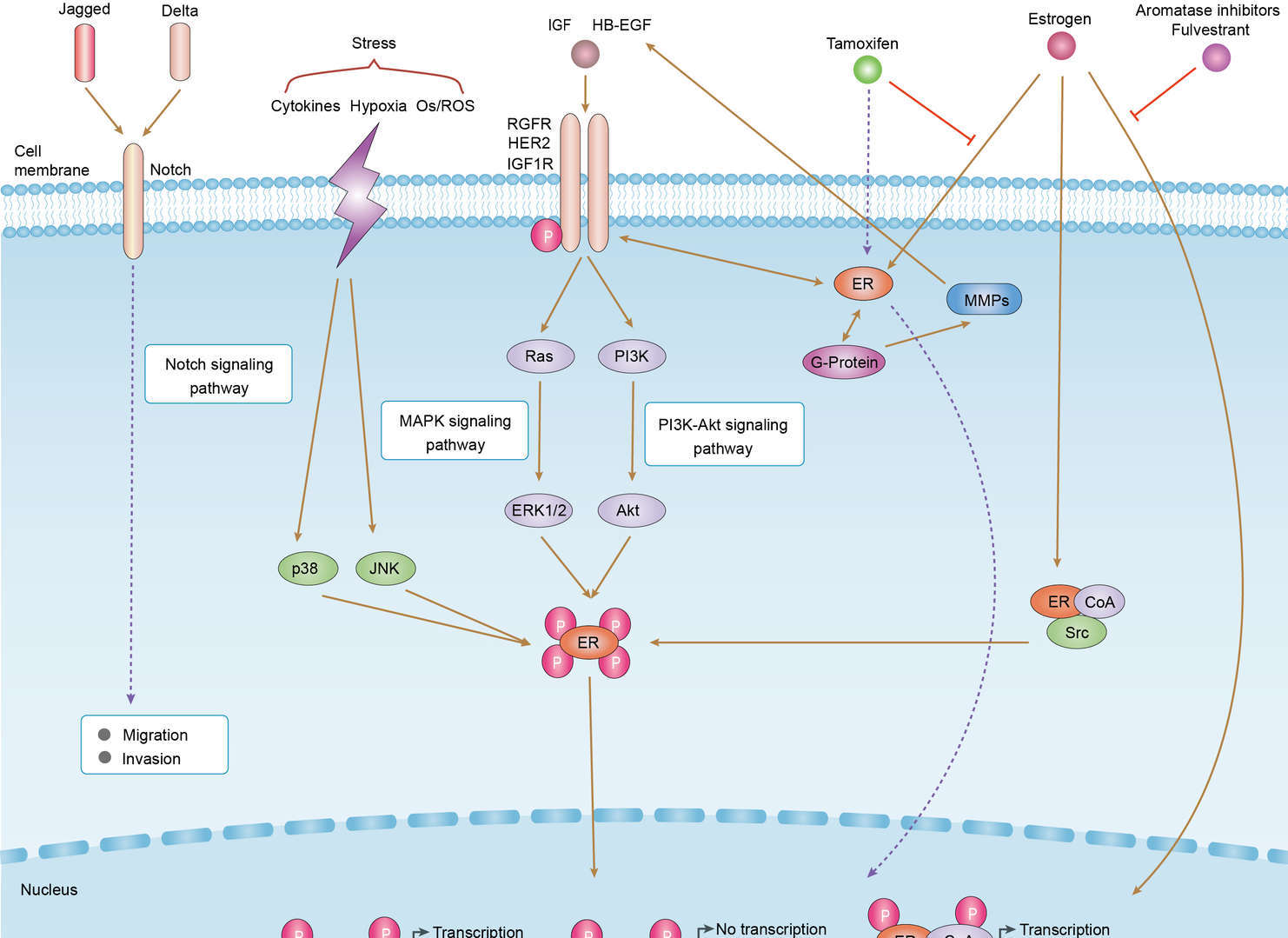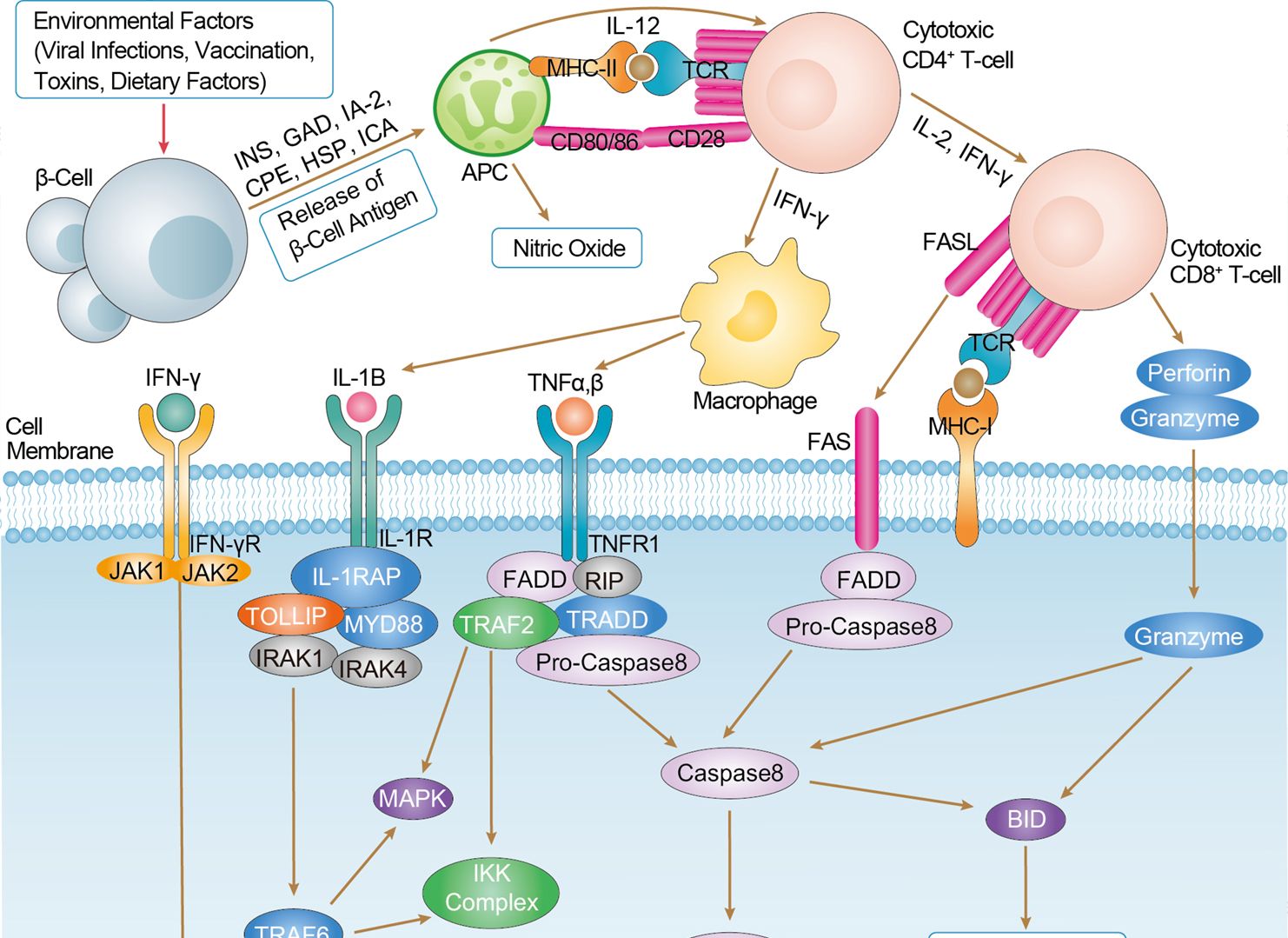Human Anti-IGF1R Recombinant Antibody (clone m590)
CAT#: FAMAB-0608WJ
This product is a chimeric (mouse/human) antibody targeting human IGF-1R. This antibody blocked the binding of IGF-I and IGF-II to IGF-IR, and inhibited both IGF-I and IGF-II induced phosphorylation of IGF-IR in MCF-7 cells. This antibody could be an useful antibody in diagnosis and treatment of cancer, as well as a research tool.
























Specifications
- Host Species
- Human
- Derivation
- Chimeric(Mouse/Human)
- Type
- Human IgG1
- Specificity
- Human IGF-IR
- Species Reactivity
- Human
- Clone
- m590
- Applications
- ELISA, WB
- Related Disease
- Cancers
Product Property
- Purity
- >95% as determined by SDS-PAGE
- Concentration
- Please refer to the vial label for the specific concentration.
- Buffer
- PBS
- Preservative
- No preservatives
- Storage
- Centrifuge briefly prior to opening vial. Store at +4°C short term (1-2 weeks). Aliquot and store at -20°C long term. Avoid repeated freeze/thaw cycles.
Target
Customer Review
There are currently no Customer reviews or questions for FAMAB-0608WJ. Click the button above to contact us or submit your feedback about this product.
Submit Your Publication
Published with our product? Submit your paper and receive a 10% discount on your next order! Share your research to earn exclusive rewards.
Related Signaling Pathways
Related Diseases
Downloadable Resources
Download resources about recombinant antibody development and antibody engineering to boost your research.
Product Notes
This is a product of Creative Biolabs' Hi-Affi™ recombinant antibody portfolio, which has several benefits including:
• Increased sensitivity
• Confirmed specificity
• High repeatability
• Excellent batch-to-batch consistency
• Sustainable supply
• Animal-free production
See more details about Hi-Affi™ recombinant antibody benefits.
Datasheet
MSDS
COA
Certificate of Analysis LookupTo download a Certificate of Analysis, please enter a lot number in the search box below. Note: Certificate of Analysis not available for kit components.
See other products for "IGF1R"
Select a product category from the dropdown menu below to view related products.
| CAT | Product Name | Application | Type |
|---|---|---|---|
| NABL-091 | Recombinant Anti-human IGF1R VHH Single Domain Antibody | WB, ELISA, IHC, FC, FuncS | Llama VHH |
| TAB-096ZJ | Anti-Human IGF-1R Single Domain Antibody (TAB-096ZJ), Research Grade Biosimilar | ELISA, IHC, IF, WB | Single domain antibody |
| HPAB-1545-FY | Recombinant Llama Anti-IGF1R Single Domain Antibody (HPAB-1545-FY) | WB, ELISA | Llama VHH |
| HPAB-1546-FY | Recombinant Llama Anti-IGF1R Single Domain Antibody (HPAB-1546-FY) | WB, ELISA | Llama VHH |
| HPAB-1547-FY | Recombinant Llama Anti-IGF1R Single Domain Antibody (HPAB-1547-FY) | WB, ELISA | Llama VHH |
| CAT | Product Name | Application | Type |
|---|---|---|---|
| AGTO-L024E | IGF1-PE immunotoxin | Cytotoxicity assay, Functional assay | |
| AGTO-L024D | IGF1-DT immunotoxin | Cytotoxicity assay, Functional assay |
| CAT | Product Name | Application | Type |
|---|---|---|---|
| TAB-035ZJ | Human Anti-IGF1R Recombinant Antibody (TAB-035ZJ) | ELISA, FC | Humanized IgG |
| TAB-036ZJ | Anti-Human IGF-1R Recombinant Antibody (H0L0 IgGIm(AA)) | ELISA, Neut, FC, IHC | Humanized antibody |
| TAB-037ZJ | Anti-Human IGF-1R Recombinant Antibody (H1L0 IgGIm(AA)) | ELISA, Neut, FC, IHC | Humanized antibody |
| TAB-038ZJ | Human Anti-IGF1R Recombinant Antibody (TAB-038ZJ) | FuncS, IP, Inhib, IF | Humanized IgG1 |
| TAB-051ZJ | Human Anti-IGF1R Recombinant Antibody (TAB-051ZJ) | ELISA, IHC, IF, WB | Humanized antibody |
| CAT | Product Name | Application | Type |
|---|---|---|---|
| TAB-052ZJ | Anti-Human IGF-1R Recombinant Antibody (TAB-052ZJ) | IHC, ELISA, FC, IF, IP | Human antibody |
| TAB-053ZJ | Anti-Human IGF-1R Recombinant Antibody (IR3) | ELISA, FC, WB | Human antibody |
| TAB-054ZJ | Anti-Human IGF-1R Recombinant Antibody (IR10) | ELISA, FC, WB | Human antibody |
| TAB-055ZJ | Human Anti-IGF1R Recombinant Antibody (TAB-055ZJ) | ELISA | Human IgG |
| TAB-056ZJ | Human Anti-IGF1R Recombinant Antibody (TAB-056ZJ) | FC, WB | Human IgG |
| CAT | Product Name | Application | Type |
|---|---|---|---|
| TAB-084ZJ | Human Anti-IGF1R Recombinant Antibody (TAB-084ZJ) | WB, Inhib, ELISA, FC | Chimeric (mouse/human) IgG |
| TAB-085ZJ | Anti-Human IGF-1R Recombinant Antibody (6E11c) | ELISA, FC, IHC, Inhib | Chimeric antibody (mouse/human) |
| TAB-086ZJ | Human Anti-IGF1R Recombinant Antibody (TAB-086ZJ) | ELISA, FC, Inhib, IP | Chimeric (mouse/human) IgG1 |
| TAB-087ZJ | Anti-Human IGF-1R Recombinant Antibody (ch7C2) | ELISA | Chimeric antibody (mouse/human) |
| TAB-093ZJ | Anti-Human IGF-1R Recombinant Antibody (ch9E11) | ELISA | Chimeric antibody (mouse/human) |
| CAT | Product Name | Application | Type |
|---|---|---|---|
| TAB-009ZJ-F(E) | Mouse Anti-IGF1R Recombinant Antibody; Fab Fragment (TAB-009ZJ-F(E)) | ELISA, FC | Mouse Fab |
| TAB-010ZJ-F(E) | Anti-Human IGF-1R Recombinant Antibody Fab Fragment (6E11) | ELISA, Neut, FC, IHC | |
| TAB-011ZJ-F(E) | Mouse Anti-IGF1R Recombinant Antibody; Fab Fragment (TAB-011ZJ-F(E)) | ELISA, FC, WB, Inhib | Mouse Fab |
| TAB-012ZJ-F(E) | Mouse Anti-IGF1R Recombinant Antibody; Fab Fragment (TAB-012ZJ-F(E)) | ELISA, FC, WB, Inhib | Mouse Fab |
| TAB-014ZJ-F(E) | Mouse Anti-IGF1R Recombinant Antibody; Fab Fragment (TAB-014ZJ-F(E)) | ELISA, FC, Inhib, IP | Mouse Fab |
| CAT | Product Name | Application | Type |
|---|---|---|---|
| BRD-0103MZ | Chicken Anti-CD221 Polyclonal IgY | WB | Chicken antibody |
| CAT | Product Name | Application | Type |
|---|---|---|---|
| NEUT-1075CQ | Mouse Anti-IGF1R Recombinant Antibody (clone alphaIR3) | FC, IP, Neut, ICC, IF | Mouse IgG1 |
| NEUT-1076CQ | Mouse Anti-IGF1R Recombinant Antibody (clone 33255.111) | ELISA, Neut, WB | Mouse IgG1 |
| NEUT-1081CQ | Mouse Anti-IGF1R Recombinant Antibody (clone CBL453) | WB, ELISA, Neut | Mouse IgG1 |
| NEUT-1082CQ | Mouse Anti-IGF1R Recombinant Antibody (clone CBL080) | Neut, WB | Mouse IgG1 |
| CAT | Product Name | Application | Type |
|---|---|---|---|
| NEUT-1077CQ | Mouse Anti-IGF1R Recombinant Antibody (clone 1H7) | FC, Block, IHC, IP, WB | Mouse IgG1, κ |
| NEUT-1078CQ | Mouse Anti-IGF1R Recombinant Antibody (clone 24-60) | Inhib, ICC, IF, IP, WB | Mouse IgG2a, κ |
| NEUT-1079CQ | Mouse Anti-IGF1R Recombinant Antibody (clone 17-69) | Inhib, IP | Mouse IgG1 |
| NEUT-1080CQ | Mouse Anti-IGF1R Recombinant Antibody (clone 24-57) | Inhib, IP | Mouse IgG1, κ |
| CAT | Product Name | Application | Type |
|---|---|---|---|
| MOR-1755 | Rabbit Anti-IGF1R Recombinant Antibody (clone DS1755AB) | IP, ELISA | Rabbit IgG |
| MOR-4684 | Rabbit Anti-IGF1R Recombinant Antibody (clone TH198DS) | WB, ELISA | Rabbit IgG |
| MOR-4685 | Rabbit Anti-IGF1R Recombinant Antibody (clone TH199DS) | WB | Rabbit IgG |
| CAT | Product Name | Application | Type |
|---|---|---|---|
| HPAB-0084-YC | Human Anti-IGF1R Recombinant Antibody (HPAB-0084-YC) | ELISA, FC | Humanized IgG |
| HPAB-0085-YC | Human Anti-IGF1R Recombinant Antibody (HPAB-0085-YC) | Block, FuncS, FC, ELISA | Human IgG |
| HPAB-0210CQ | Human Anti-IGF1R Recombinant Antibody (clone 15H12) | ELISA, FC, Neut | Human IgG3, κ |
| HPAB-0211CQ | Human Anti-IGF1R Recombinant Antibody (clone 1H3) | ELISA, FC, Neut | Human IgG |
| HPAB-0212CQ | Human Anti-IGF1R Recombinant Antibody (clone 11A4) | ELISA, FC, Block | Human IgG1 |
| CAT | Product Name | Application | Type |
|---|---|---|---|
| HPAB-0084-YC-F(E) | Human Anti-IGF1R Recombinant Antibody; Fab Fragment (HPAB-0084-YC-F(E)) | ELISA, FC | Humanized Fab |
| HPAB-0085-YC-F(E) | Human Anti-IGF1R Recombinant Antibody; Fab Fragment (HPAB-0085-YC-F(E)) | Block, FuncS, FC, ELISA | Human Fab |
| HPAB-0069-YJ-F(E) | Human Anti-IGF1R Recombinant Antibody; Fab Fragment (HPAB-0069-YJ-F(E)) | ELISA, Block, FC, FuncS | Human Fab |
| HPAB-0456-YJ-F(E) | Human Anti-IGF1R Recombinant Antibody (clone DB#2); Fab Fragment | ELISA, Inhib, FuncS | Human Fab |
| HPAB-1277WJ-F(E) | Mouse Anti-IGF1R Recombinant Antibody (clone 1H7); Fab Fragment | ELISA | Mouse Fab |
| CAT | Product Name | Application | Type |
|---|---|---|---|
| NS-041CN | Mouse Anti-IGF1R Recombinant Antibody (NS-041CN) | ELISA, WB, FC | Mouse IgG |
| NS-041CN-F(E) | Mouse Anti-IGF1R Recombinant Antibody; Fab Fragment (NS-041CN-F(E)) | ELISA, WB, FC | Mouse Fab |
| NS-041CN-S(P) | Mouse Anti-IGF1R Recombinant Antibody; scFv Fragment (NS-041CN-S(P)) | ELISA, WB, FC | Mouse scFv |
| CAT | Product Name | Application | Type |
|---|---|---|---|
| HPAB-0210CQ-S(P) | Human Anti-IGF1R Recombinant Antibody (clone 15H12); scFv Fragment | ELISA, FC, Neut | Human scFv |
| HPAB-0211CQ-S(P) | Human Anti-IGF1R Recombinant Antibody (clone 1H3); scFv Fragment | ELISA, FC, Neut | Human scFv |
| HPAB-0212CQ-S(P) | Human Anti-IGF1R Recombinant Antibody (clone 11A4); scFv Fragment | ELISA, FC, Block | Human scFv |
| HPAB-0213CQ-S(P) | Human Anti-IGF1R Recombinant Antibody (clone 8A1); scFv Fragment | ELISA, FC, Block | Human scFv |
| HPAB-0214CQ-S(P) | Human Anti-IGF1R Recombinant Antibody (clone PINT-9A2); scFv Fragment | ELISA, FC, Block | Human scFv |
| CAT | Product Name | Application | Type |
|---|---|---|---|
| AFC-TAB-199 | Afuco™ Anti-IGF1R Recombinant Antibody (AFC-TAB-199), ADCC Enhanced | FC, IP, ELISA, Neut, FuncS, IF | Human IgG1, κ |
| AFC-TAB-209 | Afuco™ Anti-IGF1R ADCC Recombinant Antibody, ADCC Enhanced (AFC-TAB-209) | FuncS, IF, Neut, ELISA, FC, IP | ADCC enhanced antibody |
| AFC-TAB-736 | Afuco™ Anti-IGF1R ADCC Recombinant Antibody, ADCC Enhanced (AFC-TAB-736) | FC, IP, ELISA, Neut, FuncS, IF | ADCC enhanced antibody |
| AFC-TAB-078 | Afuco™ Anti-IGF1R ADCC Recombinant Antibody, ADCC Enhanced (AFC-TAB-078) | IF, IP, Neut, FuncS, ELISA, FC | ADCC enhanced antibody |
| AFC-TAB-232 | Afuco™ Anti-IGF1R ADCC Recombinant Antibody, ADCC Enhanced (AFC-TAB-232) | IF, IP, Neut, FuncS, ELISA | ADCC enhanced antibody |
| CAT | Product Name | Application | Type |
|---|---|---|---|
| VS-0424-XY145 | AbPlus™ Anti-IGF1R Magnetic Beads (9E11) | IP, Protein Purification |
| CAT | Product Name | Application | Type |
|---|---|---|---|
| VS-0125-FY20 | Human Anti-IGF1R (clone 1H3) scFv-Fc Chimera | ELISA, FC, Neut, Inhib | Human IgG1, scFv-Fc |
| VS-0325-FY85 | Human Anti-IGF1R (clone 7C10) scFv-Fc Chimera | ELISA, FC, Inhib | Human IgG1, scFv-Fc |
| CAT | Product Name | Application | Type |
|---|---|---|---|
| VS-0325-XY1101 | Anti-IGF1R Immunohistochemistry Kit | IHC | |
| VS-0525-XY3431 | Anti-Mouse IGF1R Immunohistochemistry Kit | IHC | |
| VS-0525-XY3430 | Anti-Human IGF1R Immunohistochemistry Kit | IHC | |
| VS-0525-XY3432 | Anti-Rat IGF1R Immunohistochemistry Kit | IHC |
| CAT | Product Name | Application | Type |
|---|---|---|---|
| VS-0425-YC366 | Recombinant Anti-IGF1R Vesicular Antibody, EV Displayed (VS-0425-YC366) | ELISA, FC, Neut, Cell-uptake |
| CAT | Product Name | Application | Type |
|---|---|---|---|
| VS-0525-YC108 | Recombinant Anti-IGF1R (AA 62-184 x AA 283-440) Biparatopic Antibody, Tandem scFv (Clone 4-52 x Clone 45742) | ELISA | Tandem scFv |
| VS-0525-YC107 | Recombinant Anti-IGF1R (AA 283-440 x AA 440-514) Biparatopic Antibody, Tandem scFv (Clone 45742 x Clone 24-55) | ELISA | Tandem scFv |
Popular Products

Application: IF, IP, Neut, FuncS, ELISA, FC, ICC

Application: WB, FC, IP, ELISA, Neut, FuncS, IF

Application: WB, ELISA, FC, IP, FuncS, IF, Neut

Application: FC, IP, ELISA, Neut, FuncS, IF, IHC

Application: ELISA, Inhib, FC
-2.png)
Application: WB, ELISA

Application: ELISA, FC, Inhib

Application: Neut, ELISA, IF, IP, FuncS, FC
For research use only. Not intended for any clinical use. No products from Creative Biolabs may be resold, modified for resale or used to manufacture commercial products without prior written approval from Creative Biolabs.
This site is protected by reCAPTCHA and the Google Privacy Policy and Terms of Service apply.



























 Insulin Signaling Pathway
Insulin Signaling Pathway
 Endocrine Resistance
Endocrine Resistance
 Type I Diabetes Mellitus
Type I Diabetes Mellitus







-3-1.png)



-2.png)


